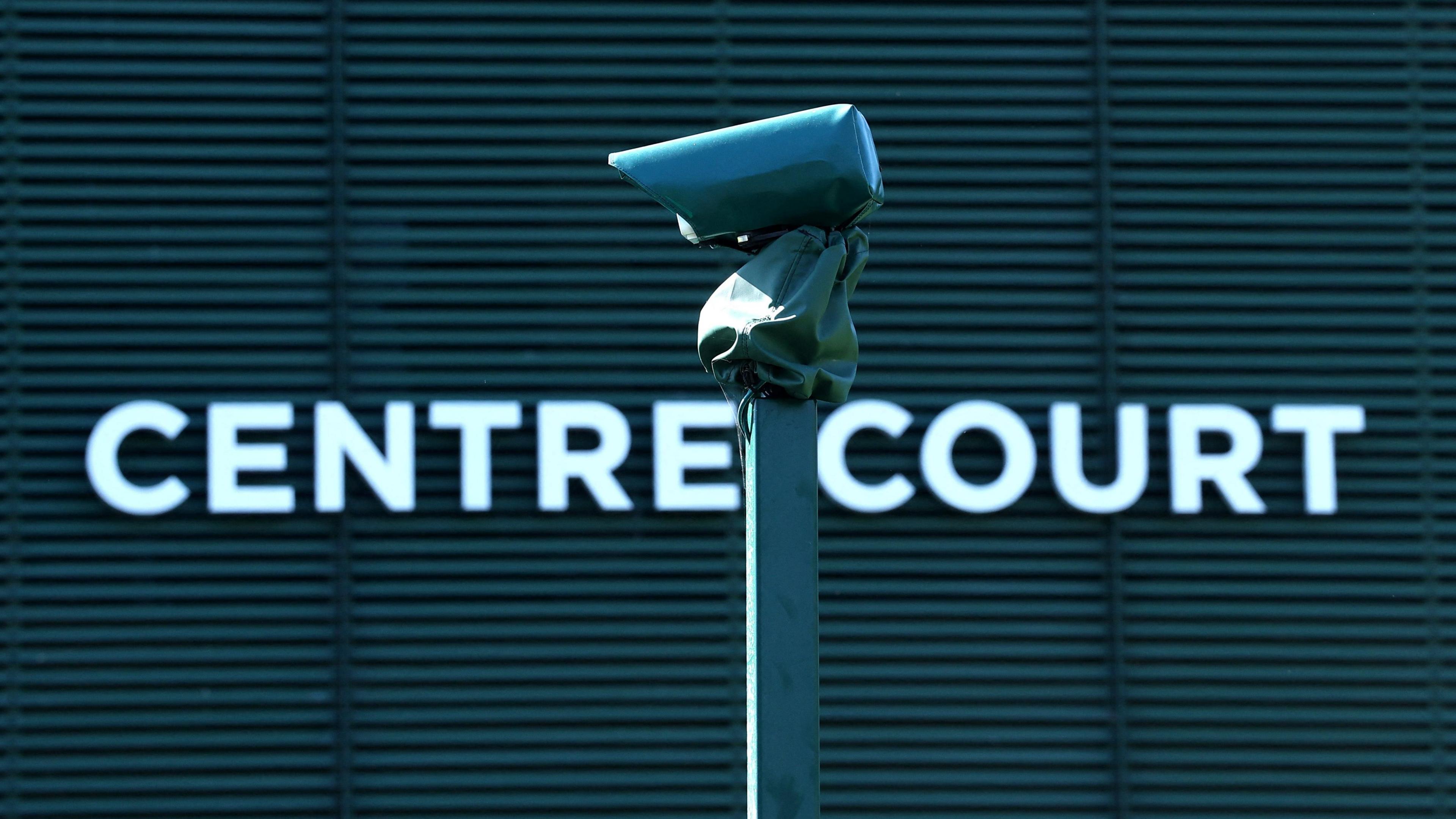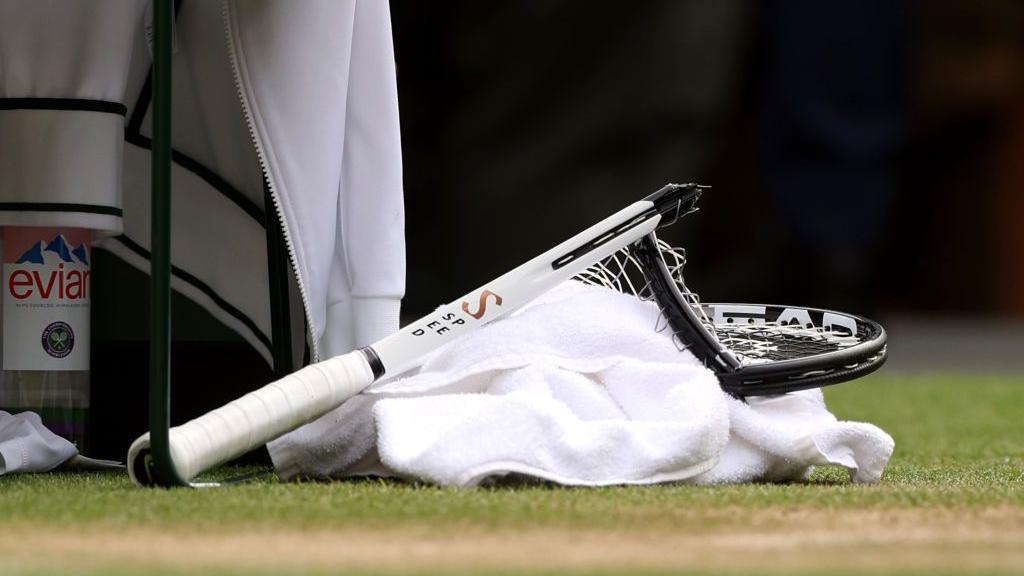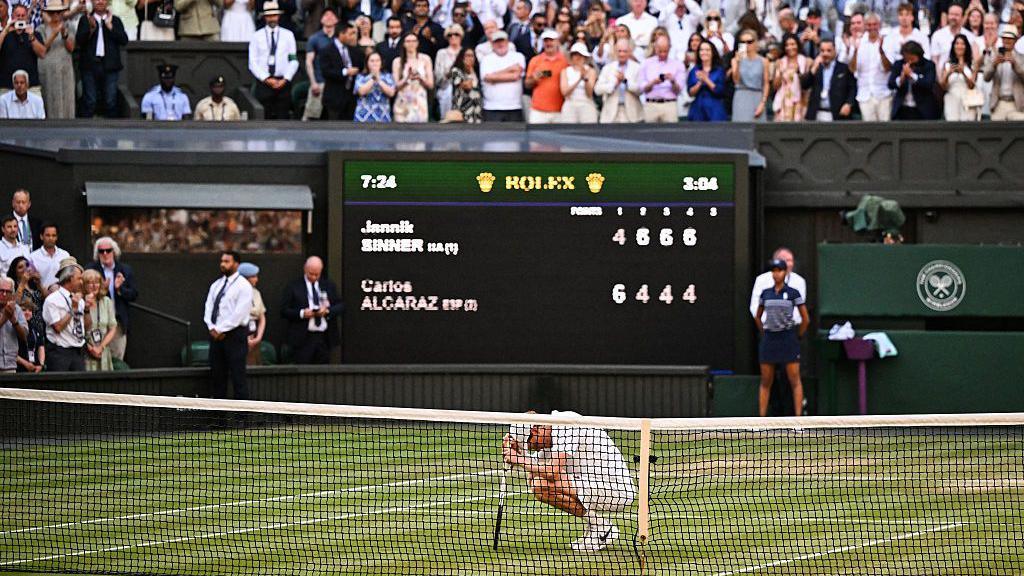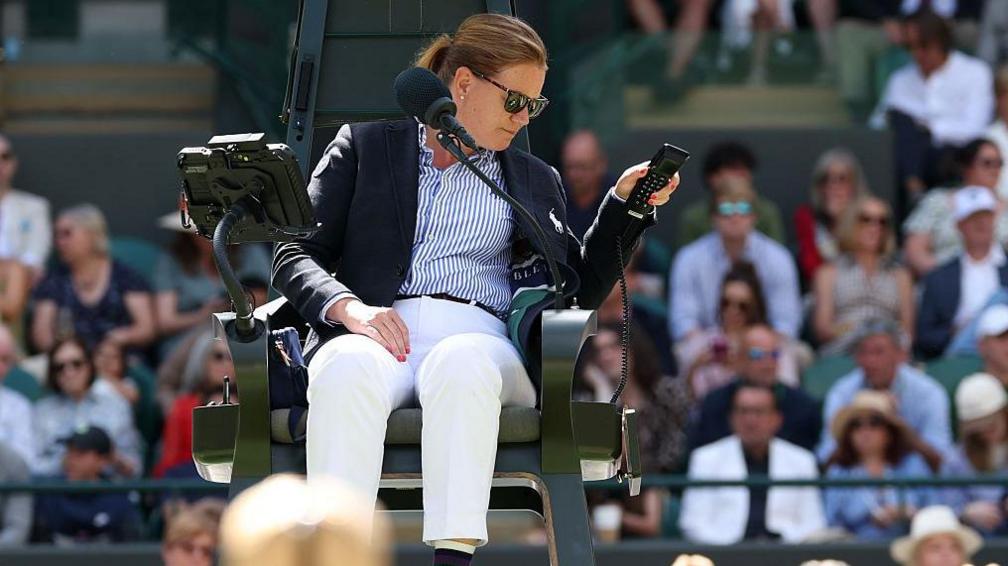Wimbledon Embraces AI: The Dawn of Electronic Line Calling
Explore how Wimbledon's introduction of AI-driven electronic line calling is reshaping the tradition of tennis, with insights from players and fans.




The Shift to Technology at Wimbledon
The historic grounds of Wimbledon have witnessed a significant transformation this year with the introduction of electronic line calling, replacing the traditional line judges. This change marks a pivotal moment in the sport's evolution, blending technology with tradition.
Players' Perspectives on the New System
While some players like Britain's Cameron Norrie appreciate the accuracy and efficiency of the new system, others miss the human element that line judges brought to the game. American player Frances Tiafoe expressed his nostalgia for the dramatic moments that challenges to line calls used to create.
Challenges with the New Technology
Despite its advantages, the transition hasn't been without issues. Players have reported difficulties hearing the electronic calls, especially on the outer courts where background noise is prevalent. China's Yuan Yue mentioned the need for clearer audio to ensure fairness and transparency in the game.
The Future of Tennis Officiating
As Wimbledon continues to integrate more technology, the role of AI in sports officiating is set to increase. This shift not only affects the players and officials but also changes the way fans experience the game, potentially altering the very essence of tennis as we know it.
Conclusion
The adoption of electronic line calling at Wimbledon is a testament to the sport's ongoing adaptation to technological advancements. While it enhances the accuracy of calls, it also poses questions about the future role of human officials in tennis. As the sport evolves, so too must its traditions and the expectations of its global audience.






























